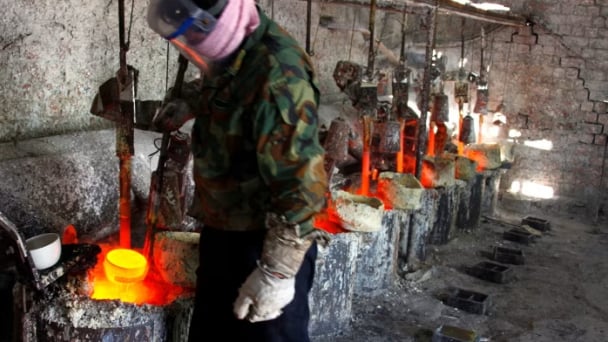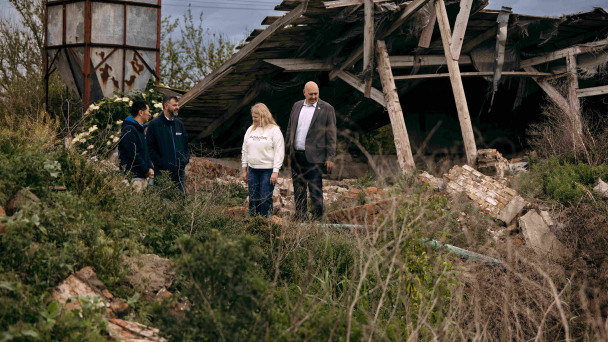June 21, 2025 | 03:13 GMT +7
June 21, 2025 | 03:13 GMT +7
Hotline: 0913.378.918
June 21, 2025 | 03:13 GMT +7
Hotline: 0913.378.918
El Nino, a warming of water surface temperatures in the eastern and central Pacific Ocean, is linked to extreme weather conditions from tropical cyclones to heavy rainfall to severe droughts.
The world's hottest year on record, 2016, coincided with a strong El Nino - though experts say climate change has fuelled extreme temperatures even in years without the phenomenon.
But that record could soon be broken, according to WMO.
The organisation said in May that there was a strong likelihood that at least one of the next five years, and the five-year period as a whole, would be the warmest on record due to El Nino and anthropogenic global warming.
"To tell you whether it be this year or next year is difficult," Wilfran Moufouma Okia, Head of Regional Climate Prediction Service at WMO, told reporters in Geneva.
"What we know is that throughout the next five years, we are likely to have one of the warmest years on record."
The World Health Organization said last month it was preparing for an increased spread of viral diseases such as dengue, Zika and chikungunya linked to El Nino.
"We can reasonably expect even an increase in infectious diseases because of the temperature," Maria Neira, Director for Environment, Climate Change and Health at WHO, told reporters.
During El Nino, winds blowing west along the equator slow down, and warm water is pushed east, creating warmer surface ocean temperatures.
The phenomenon occurs on average every two to seven years, and can last nine to 12 months, according to the WMO.
It is typically associated with increased rainfall in parts of southern South America, the southern United States, the Horn of Africa and Central Asia.
In the past, it has caused severe droughts in Australia, Indonesia, parts of southern Asia, Central America and northern South America.
(Reuters)

(VAN) Poultry production in Poland, which has only started recovering from devastating bird flu outbreaks earlier this year, has been hit by a series of outbreaks of Newcastle disease, with the veterinary situation deteriorating rapidly.

(VAN) Extensive licensing requirements raise concerns about intellectual property theft.

(VAN) As of Friday, a salmonella outbreak linked to a California egg producer had sickened at least 79 people. Of the infected people, 21 hospitalizations were reported, U.S. health officials said.

(VAN) With the war ongoing, many Ukrainian farmers and rural farming families face limited access to their land due to mines and lack the financial resources to purchase needed agricultural inputs.

(VAN) Vikas Rambal has quietly built a $5 billion business empire in manufacturing, property and solar, and catapulted onto the Rich List.

(VAN) Available cropland now at less than five percent, according to latest geospatial assessment from FAO and UNOSAT.

(VAN) Alt Carbon has raised $12 million in a seed round as it plans to scale its carbon dioxide removal work in the South Asian nation.